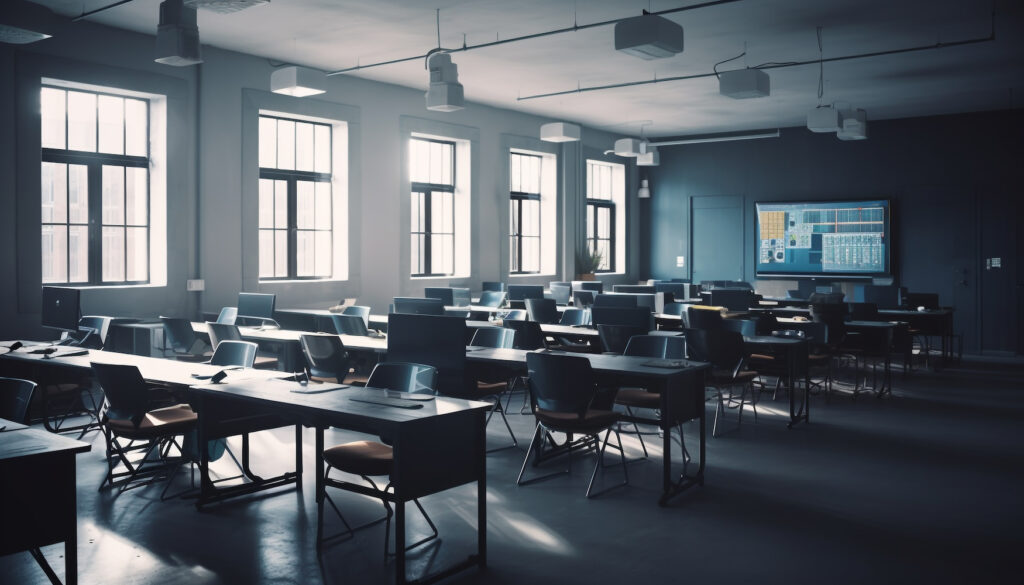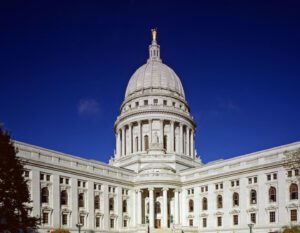US public school closures rise as enrollment continues to decline
Public school districts nationwide are closing some schools permanently as they grapple with declining enrollment based on demographic changes and the explosion of interest in alternative…

Public school districts nationwide are closing some schools permanently as they grapple with declining enrollment based on demographic changes and the explosion of interest in alternative education.
School district staff in Woodland Park, Colorado, for example, are scrambling to consolidate two elementary schools before classes start in the fall. District leaders hope reducing facilities and staffing will address funding woes caused by low enrollment.
K-12 facility closures are expected to continue over the next few years across the country as a steady decrease in birthrates since the 2008 “baby bust” and shaken trust in public education drive enrollment down. Researchers at the National Center for Education Statistics predict total public school enrollment will decrease by 5% over the next decade, a reduction of roughly 2.7 million students by 2031.
Extracurricular program cuts, facility closures or consolidations, and staff reductions may become the new normal as Americans continue to have fewer children and consider non-public educational options.
Public school enrollment challenges come at a time when interest in private schools and homeschooling is skyrocketing. Failure to teach grade-level competency in core subjects has brought Americans’ trust in public education to new lows and boosted interest in alternatives.
More than half of Americans are dissatisfied with the direction of public K-12 education, while only 16% believe it’s headed in the right direction, according to a Pew Research poll. While some states are attempting to rebuild trust by increasing funding or creating policies to address curriculum controversies, public schools are facing stiffening competition from charter schools, private and faith-based academies, online schools and robust homeschool programs.
In Colorado, data from the state’s department of education shows increases in homeschooling (8.4%), online education (3.5%), and charter school enrollment (1.8%), even as public schools declined by 1,800 students during the 2023-2024 school year. These changes reflect similar trends at the national level.
“Public school systems across the country are experiencing declines in student enrollment, particularly in the early grades,” Colorado Education Commissioner Susana Cordova said.
Data collected at the state and national levels indicates that an increasing number of parents are simply choosing not to enroll their kindergartners in the public system. Standford economist Thomas Dee calls this “enrollment flight.”
Enrollment flight began during the pandemic when “parents were confronted with putting a kindergartner or first-grade student in front of a laptop all day,” Dee told Axios. Instead of fizzling out, this trend has continued long after schools reopened.
Higher education is also bracing for impact, as the number of high school graduates is expected to peak in 2025 or 2026 before entering a decadeslong decline.



